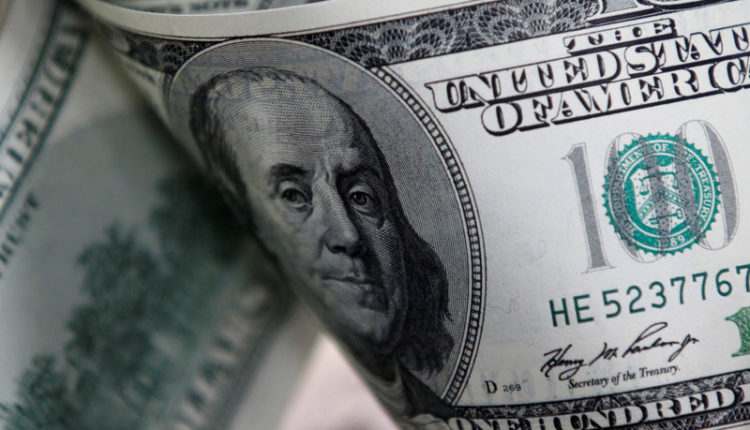Dollar falls as oil attacks send investors to safety
SINGAPORE (Reuters) – The dollar fell while safe-havens and currencies of oil producing countries rallied on Monday, following an attack on Saudi Arabian refining facilities that disrupted global oil supply and heightened Middle East tensions.
Oil prices surged more than 15% following the strikes on two plants, including the world’s biggest petroleum processing facility in Abqaiq, knocked out more than 5% of global oil supply.
Yemen’s Iran-aligned Houthi group claimed responsibility for the damage, but the U.S. has pointed the finger directly at Iran.
The Canadian dollar rose 0.5% in morning trade in Asia to 1.3224 per dollar. The Norwegian krone rose almost 0.6% to 8.9363 per dollar.
Both currencies often move together with the oil price because the countries are major oil exporters.
The attacks wiped out last week’s ebullient risk appetite and prompted U.S. President Donald Trump tweeted the United States was “locked and loaded” for a response.
The safe-haven Japanese yen and Swiss franc each lifted at least 0.3% on the dollar. The yen hit 107.60 per dollar and the franc touched $0.9871. Gold jumped by 1%.
Against a basket of currencies (DXY) the dollar was 0.2% lower at 98.053.
“If that part of the reason for last week’s fall in oil and improvement in geopolitical risk sentiment was the news of John Bolton’s sacking … and thoughts this was a precursor to some form of rapprochement between Trump and Iran, then it is no longer valid,” said Ray Attrill, head of FX strategy at National Australia Bank in Sydney.
Beyond oil, currency markets are awaiting the outcome of central bank meetings in the U.S. and Japan this week and crucial economic data in Australia and New Zealand that could determine the rates outlook in the Antipodes.
Much of the risk appetite on display last week was driven by signs of a thaw in U.S.-China trade tensions, with both sides offering olive branches ahead of trade talks next month.
However with few solid signs of progress, sentiment remains fragile.
“Geopolitical risks and central bank rhetoric remain key drivers of risk this week,” Australia and New Zealand Banking Group analysts said in a note.
In the United States, investors who had begun trimming expectations for a U.S. Federal Reserve rate cut on Wednesday are now certain rates will fall and divided only over how much.
Markets also expect the Bank of Japan to push interest rates further into negative territory, with a third of economists polled by Reuters last week expecting stimulus to be ramped up.
Japanese markets are closed on Monday for a public holiday.
China’s premier on Monday said maintaining national economic growth above 6% is difficult, with protectionism weighing.
Retail sales and industrial production figures due on Monday are likely to give further insight into the health of the world’s second-largest economy. The Chinese yuan was flat in morning trade offshore .
The pound held last week’s gains, as fears of Britain crashing out of the European Union without a divorce deal ebbed, while a news report on Friday also raised hopes that a deal could be secured by Oct. 31.
It steadied just under its highest since July 25 at $1.2491. The euro (EUR=D3) was steady at $1.1077.

